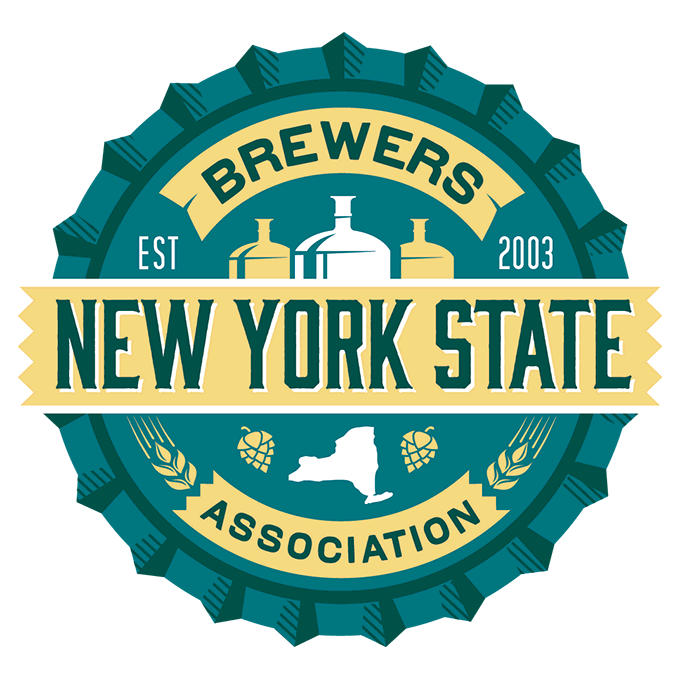
Title III of the Americans with Disabilities Act (“ADA”) prohibits discrimination against persons with disabilities in any place of “public accommodation,” such as restaurants, hotels, theaters, doctors’ offices, pharmacies, retail stores, museums, libraries, parks and, yes, breweries that operate taprooms, conduct tastings, sell at retail or are otherwise open to the public (which includes most craft breweries operating in New York State). This probably comes as no surprise to most brewery owners and operators, at least with respect to your physical location and the need to ensure accessibility to the disabled to your premises.
What about your brewery’s website?
Brewers, like most everyone these days, rely on the Internet to conduct business. It is common for brewers to sell products, display information and book reservations via their websites. Does this mean that the website must be accessible to the disabled, too? Including the blind or visually impaired? The law as it currently stands is ambiguous in this realm, but a number of New York State wineries have recently faced lawsuits alleging that their websites are not ADA-compliant, a trend that may easily extend to New York’s burgeoning craft brewery industry.
There is considerable disagreement among federal courts regarding which businesses must make their websites ADA compliant. Specifically, courts are divided on whether a website untethered to a physical space is a “public accommodation” and thus subject to the ADA.
Some courts have held that only a physical space is a “place of public accommodation,” but a website that creates access to the services of that physical space is subject to the ADA. The rule is that a website must be ADA compliant if there is a “nexus” between the physical space and the service of which a plaintiff claims he has been denied full and equal enjoyment. For example, one court concluded that a group of visually impaired plaintiffs brought a viable claim that Target.com was inaccessible to them, in violation of the ADA. The court reasoned that there was a “nexus” between the services offered on the website and those at the physical stores. Therefore, the inaccessibility of the website obstructed the ability of the visually impaired to fully and equally enjoy the services offered at the physical stores.
Other courts have taken a broader approach, rejecting the notion that a physical space is necessary to trigger the ADA. For example, a court held that even though Netflix is an entirely web-based service, the website itself is a place of public accommodation and thus may not discriminate in the provision of the services of that public accommodation — streaming video — even if those services are accessed exclusively in the home.
Despite disagreement regarding whether a website with no connection to any physical space constitutes a “place of public accommodation” that must be ADA compliant, there is a common thread: If a brewer offers services via its website that are heavily integrated with the services of a physical location, a plaintiff may bring suit if he is unable to access the service on the website due to a disability.
Achieving Compliance
Assuming the ADA does apply to your website, you’re probably wondering what you need to do to ensure compliance and protect yourself from suit. Unfortunately, there is no federal law or regulation that provides direction on how to make a website ADA compliant. Regulatory guidance may be on its way, but when such regulations will be implemented and what they will require, remains uncertain.
In the meantime, a basic understanding of the ADA and knowledge of a few specific action steps can help protect businesses from potential lawsuits.
In a nutshell, ADA website compliance boils down to ensuring equal access to all aspects of the website. Here are just a few ways to increase accessibility:
Why Compliance Matters
Failure to comply with the ADA can carry a hefty price tag. Aside from losing out on business from potential customers with disabilities, a business owner could face pricey attorneys’ fees in the event that they are sued. Therefore, taking a few precautionary measures by revamping your brewery website could result in substantial savings in the long run.